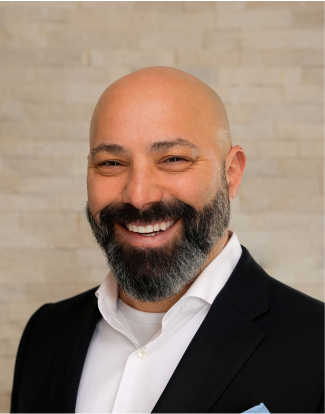Minimizing tax and maximizing flexibility when your student heads off to school.
SUMMARY
It’s that time of year again when high school graduates are off to post-secondary schools all across the country. To help these students pay for their studies, their parents turn to the Registered Education Savings Plans (RESP) they set up years earlier. Unfortunately, many plan holders, known as Subscribers, make a common but critical mistake when withdrawing money from their RESPs.
Let’s review the essentials of what RESPs are and how they work.
These federally registered investment plans make it easier for parents (and grandparents!) to save for their child’s post-secondary education. In most cases (I say in most cases because subscribers, advisors and plan sponsors all make mistakes when setting up and contributing to plans), deposits to the RESP are matched by the federal government with a grant known as the Canada Education Savings Grant (CESG). This grant adds 20% to the contributions made by the subscriber up to a grant annual maximum of $1000 and a lifetime maximum of $7200. Both the contributions (capital) and the CESG grow by earning interest, dividends and capital gains, depending on how they’re invested within the plan. So when it’s time for the student to go to university, college, trade school, or other qualifying post-secondary program, there are three components within the RESP:
- Deposits, or capital
- Grant, or CESG
- Growth, or income.
The capital may be withdrawn by the subscriber on a tax-free basis. The grant and the income, however, are taxed in the hands of the student.
The common mistake many people make when it comes to taking money out of the RESP is that they take out a proportionate amount of all three components each time they withdraw funds from the plan. There are two main problems with this approach:
1. The growth on the remaining capital will be taxed in the future; and
2. The remaining CESG would have to be repaid to the federal government if the student discontinues their studies.
To avoid these issues, I often (but not always) recommend that the subscribers do the following as soon as the student is enrolled and qualifies to make a withdrawal from their RESP:
- Withdraw 100% of the capital;
- Withdraw as much income and grant as possible without increasing the tax rate applied on the student’s total income; and
- Invest the surplus (over what is needed at that very moment for school costs) in a Tax-Free Savings Account (TFSA), either in the student’s name (if age 18+ and has room) or in the parent’s name (until the student is 18).
The benefits of doing this are:
- Any further growth on the capital, grant and past income will now be tax-free;
- Funds may be withdrawn at any time without restriction or consequence; and
- Most (if not all) of the CESG can be retained by the student even if they choose not to continue their studies.
Now, there are a couple of caveats with this approach.
- Only $5000 of income + CESG (combined known as an Education Assistance Payment, or EAP) may be withdrawn in the first 13 weeks of study; and
- You do risk paying income tax on the surplus if it, along with the student’s earned income in the current tax year, exceed their personal exemption amount (2021: $13,808)
So you do need to manage these withdrawals somewhat. As long as the student returns to school after their first semester (usually January the following calendar year), you can make a second withdrawal of income and CESG without a significant impact on the student’s taxable income (unless they earn a lot for a teenager!).
For more information on managing the withdrawals of a student’s RESP, or any other tax-saving investment strategies, please do not hesitate to contact us.
Best of luck to all the students heading off to post-secondary this fall!
Keep up to date on the latest financial advice by following us here and subscribing here.



